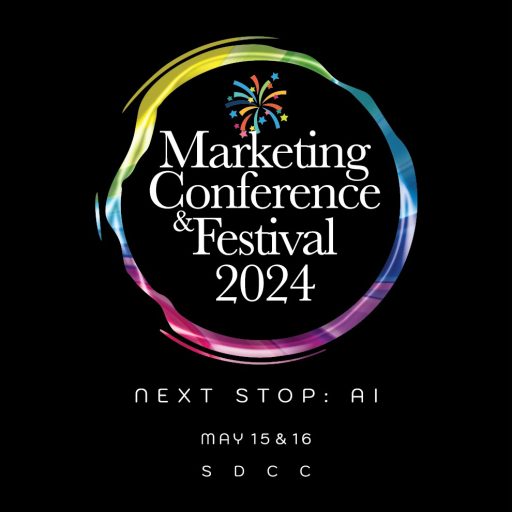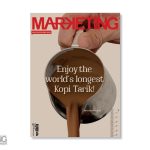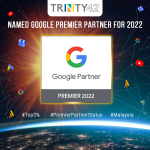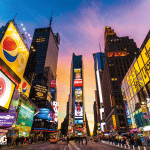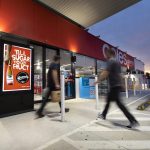The physical transformation of Malaysian out-of-home (OOH) advertising has been obvious for some time now. Bigger, better, and sharper LED screens now occupy just about every high-traffic location across the Klang Valley.
The less obvious shift – the way advertisers are buying and using this medium – has probably been more important.
Quietly, 2019 has seen more brands embrace digital OOH advertising by understanding audience movement to optimising campaigns, connecting content to real-world conditions, and even buying the media programmatically using digital platforms.
Unlocking Tangible Benefits of Digital OOH
Apart from being able to serve full-motion videos, a few key capabilities make planning for digital billboards vastly different from their static counterparts.
Brands are able to switch between multiple creatives within the same campaign even on the same day. They are also able to target specific hours for serving the ads just like in other digital channels. There is also an ability to follow the consumer at multiple touchpoints based on whether they are driving to work or going home or going to a shopping mall.
However, a few things have been holding back the media buyers from experiencing these benefits. Firstly, there are no audience movement insights to drive the creative changes or choice of targeted hours.
There is also a lack of automation as buyers are not able to plan or buy these screens using platforms or tools that cut out the manual processes.
But as digital billboard owners and media buyers have embraced audience data and buying tools for outdoor advertising, we are seeing a significant shift in the type of campaigns that have gone live this year.
Optimising Campaign Planning Based on Audience Movement
The main driver of advertising spends shifting to digital channels has been the availability of data both for planning and assessing campaigns. This is where outdoor advertising has largely remained in the dark for too long.
Location data is made up of the digital footprints we leave in the form of smartphone usage. These signals are now being harvested to understand the audiences present around billboards.
Earlier this year, a global printer brand used digital OOH to reach different kinds of audiences with a relevant offer. They were able to select specific time-belts to play their creatives for each segment. The campaign was also bought using an online platform that is more commonly used to run online display and video creatives.

Several brands have used these insights to not only optimise their media spends but also to serve the right creatives based on the affinity of the audiences around their selected boards.
Similarly, a fuel brand was able to identify the peak vehicle traffic times at each of their selected digital billboards during which to buy their slots. The brand was able to increase their media spend efficiency by more than 35%.
Connecting to Data and Content Triggers
Several brands took it a step further to change the content in real-time based on different kinds of inputs. Personalised billboards where the content changed to address specific vehicle brands, was a big hit. The fact that the brand was able to connect the campaign to actual fuel station visits justified the case for using the personally engaging execution.
But digital OOH is not just limited to being dynamic based on real-world triggers as it can also be used to amplify content created elsewhere. That’s exactly what one leading chocolate bar brand did by literally putting their customers on the big screen. Users who experienced and snapped photos using the brand’s face filter app saw their photos broadcasted on digital billboards across the Klang Valley during the month-long campaign.
These are but a few examples of how brands have embraced a new way to plan and execute digital OOH. Powered by Moving Audiences technology, which provides planning, buying, and measurement capabilities to leading media buyers in Malaysia, there have probably been more than 20 outdoor advertising campaigns that have been planned and bought using automated platforms in the past few months alone.
Automated Outdoor Advertising Becomes the Norm
And in many ways, it is the digital media buyers who have benefitted the most. They now have access to a powerful medium to reach targeted audience segments when they are not on their phones or computers.
It seems like 2019 has been a tipping point. Dynamic OOH executions are no longer being done to be part of showcase reels or to win awards. They’re actually being executed to meet specific brand and sales KPIs.
As the number of digital screen placements continue to increase, outdoor advertising is becoming an important part of shorter and more targeted campaigns and is no longer just a drum-beating medium.
Take a look at some of the recent programmatic OOH Use Cases:
About Moving Walls
Moving Walls is a media technology company that enables brands to measure, reach, and influence consumers on the move. The company operates Moving Audiences, a location intelligence-driven platform that brings transparency and automation to out-of-home media via planning, buying, and measurement tools.
MARKETING Magazine is not responsible for the content of external sites.
The Malaysian Marketing Conference & Festival 2024 at the Sime Darby Convention Centre is a TWO-day marketing event for all those in Marketing, Media, Advertising, PR, Digital, Data, and more….
The experience is on May 15 & 16, with Keynote Speakers, multiple tracks or Breakaway Sessions hosted by our booth partners who will show you the latest in the industry.


